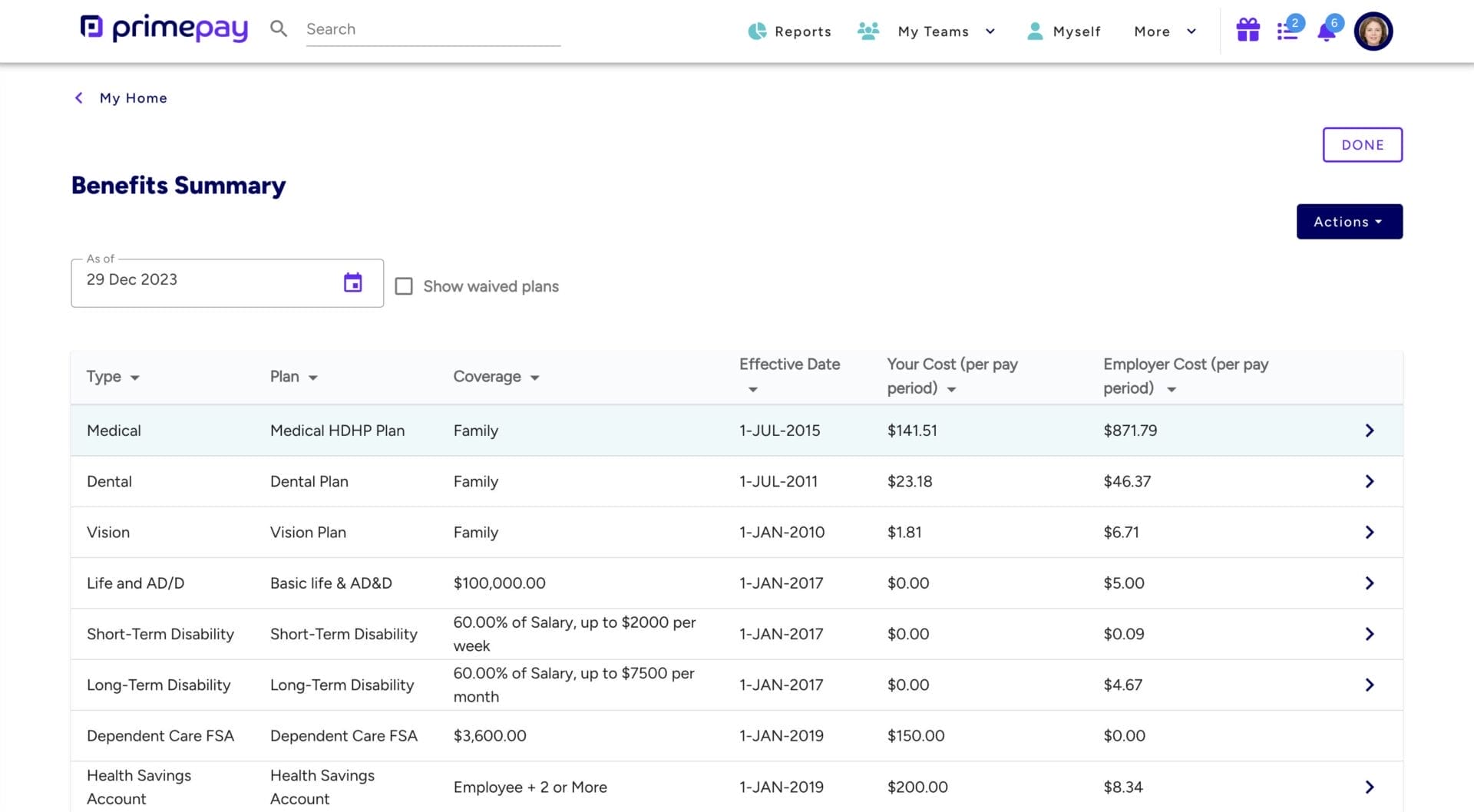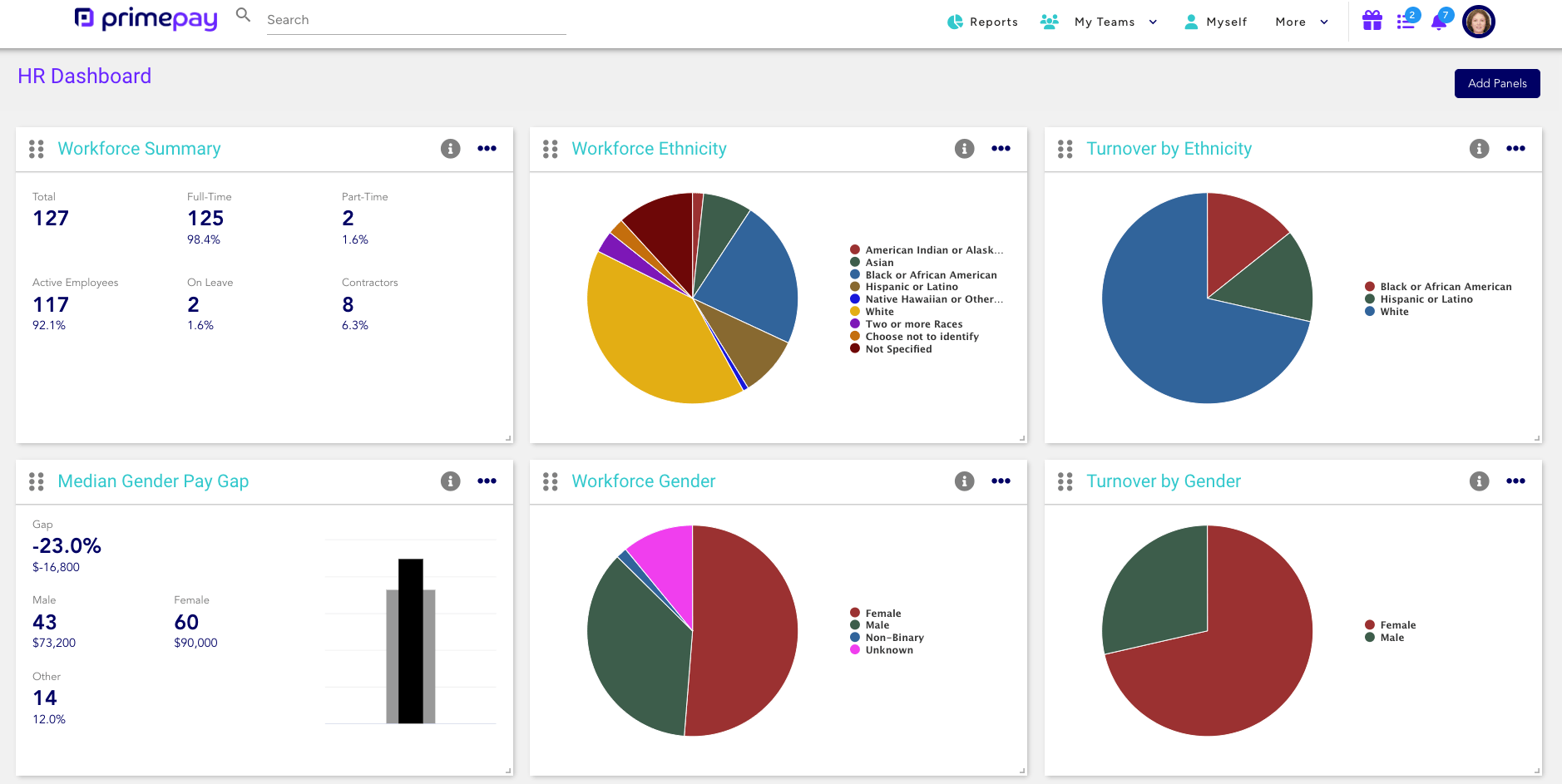Did you know that almost half of employees feel their organization isn’t providing the experience promised? That’s an issue (for employees and companies alike), especially since people who report having a positive employee experience are 16 times more engaged than those who don’t.
Moreover, Global Employee Experience Trends revealed that employee engagement has plateaued over the last five years, signaling a necessary reassessment of employee experience strategies to accelerate positive business outcomes.
So what exactly constitutes the employee experience, and how can companies ensure they foster a positive environment where employees can thrive?
What is the Employee Experience?
The employee experience is everything employees do, see, think, and feel throughout their life cycle with a company. These experiences in the workplace include:
- The initial hiring process
- Their day-to-day tasks
- Interactions with colleagues and managers
- Access to resources and support
- Opportunities for growth and development
- Their departure from the organization
Essentially, it’s how employees feel about their workplace and how those feelings influence their productivity, engagement, and overall well-being. To create a positive employee experience, you must understand and address the various touchpoints of the employee journey and ensure they all contribute to a supportive and fulfilling company culture.
Why Is the Employee Experience Important?
Why does the employee experience matter so much? When organizations create happy employee experiences, they can expect:
- Lower turnover rates
- Productive and engaged employees
- A more collaborative and positive workplace culture
4 Employee Experience Strategies
Creating a strong employee experience strategy requires a multifaceted approach. Below are four foundational pillars for a positive employee experience and engaging work environment.
1. Conduct Timely Performance Reviews
Everyone loves knowing where they stand and how they can continue excelling in their roles. When building a positive employee experience, regular performance reviews keep organizations and their employees heading in the right direction. They give managers and employees a structured setting to reflect on past accomplishments, align on future goals, and address challenges or areas for improvement.
Alternatively, when you withhold employee feedback, your team doesn’t understand what’s expected of them or how their work contributes to the big picture. This ambiguity can result in feeling stuck in a role with limited opportunities for advancement and decreased motivation, job satisfaction, and productivity.
The Guild’s American Workers Survey Report suggests that 78% of employees are frustrated due to challenges trying to advance their careers. Almost three-quarters of all employees surveyed said they’d likely leave their current employer if offered another role with additional education and career opportunities.
The good news is that HR teams can maximize the benefits of performance reviews using performance management software. With performance management software, HR professionals can easily track performance metrics and employee engagement, set goals, and provide feedback.
Performance Management Software comes equipped with features like:
- 360-degree feedback and performance analytics
- Customizable feedback templates for individual and team goal-setting
- Review forms and data reporting

Managing team performance can be exhausting and complex, especially for growing teams. With performance management software, you can streamline the process, engage with employees, and help them meet their goals.
2. Offer Strong Benefits Packages
Beyond salary, people also value benefits like health insurance, retirement plans, paid time off, and wellness programs. In fact, one study found that 80% of respondents said they would choose a position with comprehensive benefits over a 30% salary increase with no benefits. That’s a significant finding and one that speaks to the influence your benefits package has on employee quality of life.
Chris Masanto, the CEO and co-founder of PetLab, understands the importance of providing robust benefit offerings. He explains: “In shaping our culture, we’ve centered on benefits that genuinely make a difference in our employees’ lives. We prioritize benefits that resonate deeply with our team’s values and lifestyle, such as flexible working arrangements and a commitment to health and community through our free Gympass memberships and volunteer days. These aren’t just perks; they’re integral to our ethos that significantly contributes to our high employee retention rates and a palpably positive workplace atmosphere.”

Benefits administration software helps employees understand, manage, and fully utilize their benefits. With self-service portals and mobile apps, employees can easily access information about their benefits, change their coverage, and enroll in programs—all with just a few clicks.
3. Host Team-Building Activities
Heads-down work time is essential, but there’s a fine line between getting things done and working in a silo. Studies report that:
- Employee isolation reduces workplace productivity by 21%.
- 46% of people are likely to leave a job because of loneliness.
As the data shows, strengthening relationships between colleagues is critical to creating a positive employee experience, and that’s where the beauty of team-building activities comes in.
These events aren’t just about having fun. Instead, they’re essential for cultivating a feeling of camaraderie, collaboration, and unity within the team.
Virtual team-building activities help bridge the gap by providing opportunities for remote employees to interact and bond with their colleagues and ensure that all team members – regardless of their work location – feel included and valued within the company.
Confetti, a team-building platform, offers a variety of virtual and hybrid events to boost the employee experience. “Our experiences are more than just entertainment; they’re tools for transformation,” says Lee Rubin, Founder and CEO of Confetti. “By fostering collaboration and boosting morale, we’re shaping company culture and driving employee engagement, which is essential for businesses to thrive in today’s remote work landscape.”
Consider planning events to celebrate:
- Employee onboarding and company anniversaries
- Holiday parties and cultural celebrations
- Icebreakers and getting-to-know-you fun
- Learning and Development goals
One final note: Your employee experience strategy should encompass more than a holiday event or celebration. When team-building becomes a part of your regular cadence, organizations and employees reap the rewards.

Looking for a specific event? Check out Confetti’s company engagement calendar for a variety of options.
4. Prioritize DEI Initiatives
Diversity, equity, and inclusion (DEI) initiatives provide the foundation for a workplace where everyone feels valued, respected, and empowered to bring their whole selves to work, which is necessary for a positive employee experience.
These initiatives mean more than just ticking boxes; they create a culture where diversity is celebrated, equity is ensured, and inclusion is woven into everyday interactions.
When organizations prioritize DEI, they see a multitude of benefits that directly correlate to the employee experience:
- A diverse workforce brings a wealth of perspectives, ideas, and experiences, meaning a culture with more innovation and creativity.
- Studies by McKinsey & Company found that employees feel more engaged and motivated when they see themselves represented and their voices are heard and valued.
- DEI initiatives promote a sense of belonging among employees, regardless of their background or identity. Forty percent of survey respondents said they would turn down a position if they perceived a lack of inclusion within a company.
- When individuals feel included and respected, they’re more likely to collaborate effectively, communicate openly, and contribute their best work. These efforts lead to higher job satisfaction, retention, and morale.
There are countless ways to assess and strengthen your DEI strategy, including:
- Providing DEI training for all employees, focusing on unconscious bias and inclusive leadership.
- Revising recruitment practices to attract diverse candidates and reduce bias.
- Reviewing company policies to ensure they are inclusive and equitable.
- Planning DEI team-building activities to celebrate and spread cultural awareness.
- Analyzing company and employee data to ensure decisions are data-based and fair.

Slice and dice your data to determine any pay, promotions, performance, and turnover trends so you can act intentionally and create a stronger organizational culture.
Create a Workplace Where People Can Thrive
Enhance your employee experience strategy through dedicated initiatives and cultivating a culture of ongoing recognition.
Tailor your appreciation strategies to address the unique needs of remote and hybrid teams while prioritizing and measuring the impact of these initiatives to guarantee their efficacy. Ultimately, your efforts will contribute to establishing a thriving work environment, fostering motivation, engagement, and a strong commitment from employees to deliver their best performance.









